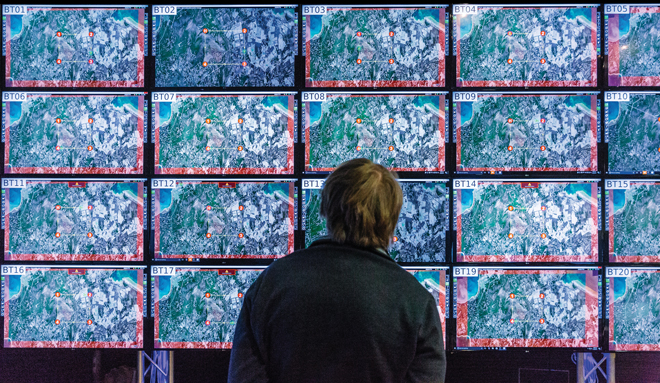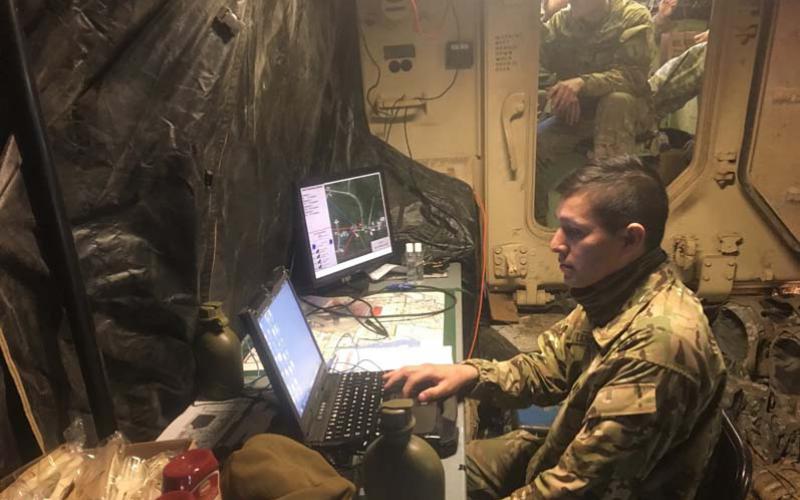 North Korea's drumbeat of missile tests remains steady. After days of anticipation, the country appears to have test-fired a missile from Jagang province shortly before midnight July 28. Leaks to the media the week prior indicated that South Korean and U.S. officials were tracking preparations for a new test. Speculation swirled that it would be timed around July 27, the 64th anniversary of the armistice that ended the Korean War. The U.S. Department of Defense confirmed that it had detected a ballistic missile launch but is still assessing the situation. The Japanese government said the missile flew for around 45 minutes before landing in the Sea of Japan, inside Japan's exclusive economic zone. In response, South Korean President Moon Jae In and Japanese Prime Minister Shinzo Abe convened emergency meetings.
North Korea's drumbeat of missile tests remains steady. After days of anticipation, the country appears to have test-fired a missile from Jagang province shortly before midnight July 28. Leaks to the media the week prior indicated that South Korean and U.S. officials were tracking preparations for a new test. Speculation swirled that it would be timed around July 27, the 64th anniversary of the armistice that ended the Korean War. The U.S. Department of Defense confirmed that it had detected a ballistic missile launch but is still assessing the situation. The Japanese government said the missile flew for around 45 minutes before landing in the Sea of Japan, inside Japan's exclusive economic zone. In response, South Korean President Moon Jae In and Japanese Prime Minister Shinzo Abe convened emergency meetings.
Statements and assessments about the test will begin to emerge from the United States, South Korea and Japan in the hours to come. It will be important to monitor early reports evaluating the launch's success, as well as details about the device's range and apogee. But regardless, the new test will lend credence to the United States' calls to take a tougher approach to North Korea.

The specific technical requirements of North Korea's weapons program largely dictate the pace and aim of its missile tests. North Korea has been trying to develop a viable heat shield and re-entry vehicle to enable its missile system to deliver a warhead more reliably on target. The latest launch is the country's first since its landmark July 4 test of an apparent Hwasong-14 intercontinental ballistic missile (ICBM), which, according to high-end estimates of its range, would be able to hit areas of the western United States.
















